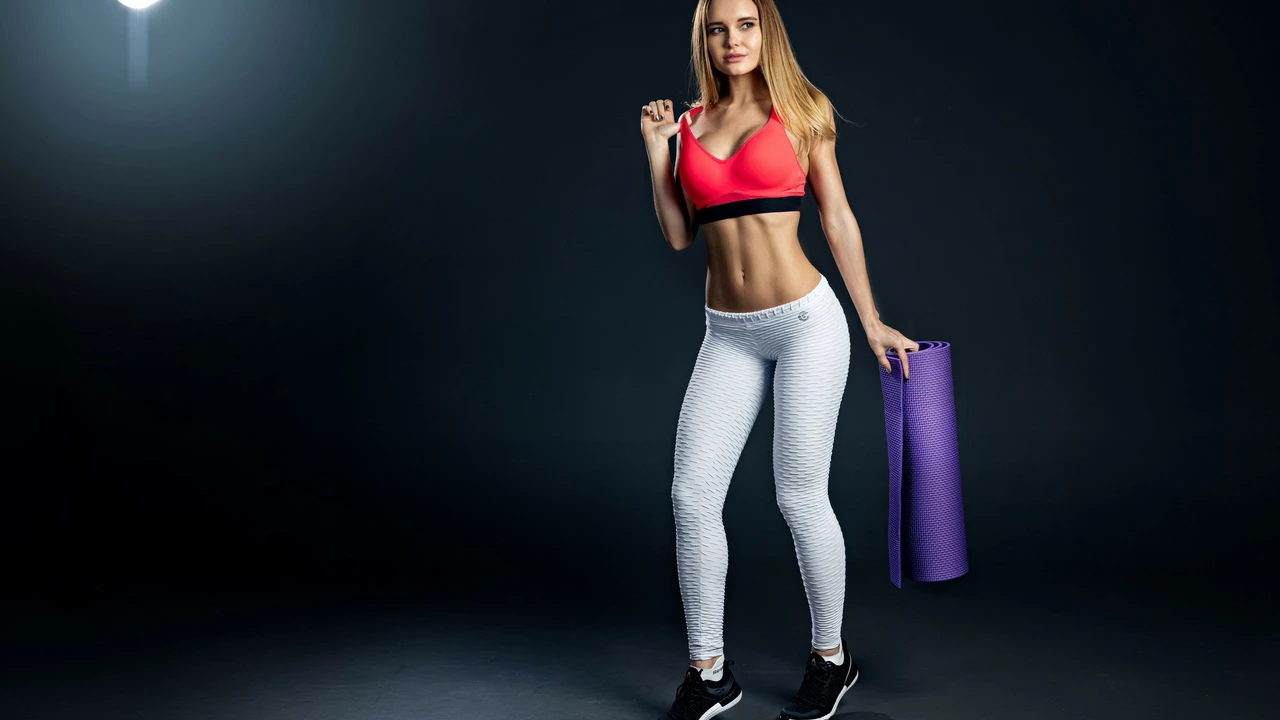Sportswear Debate – What Fans Really Want to Know
Ever wondered why your soccer shoes look nothing like a rugby boot? Or why players keep signing three‑year deals instead of one‑year contracts? This page pulls together the most asked‑about questions on gear, from studs to contracts, and gives you straight‑forward answers you can use right now.
Why Soccer Cleats Aren’t Football Cleats
Soccer cleats are built for quick footwork and constant changes of direction. They have uniform, low‑profile studs that spread pressure evenly across the pitch, giving you grip without locking you in place. Football (American) cleats, on the other hand, need extra ankle support and a mix of stud shapes for bursts of power and tackling. Think of soccer studs as light‑weight sneakers and football boots as sturdy work shoes – each works best for its own game.
Are Metal Cleats Legal in Soccer?
Most leagues ban metal studs because they can cause serious injuries in sliding tackles. Professional leagues usually require plastic or rubber studs, and youth leagues follow the same rule. A few high‑level competitions might still allow metal if they deem the surface safe, but it’s rare. Bottom line: check your league’s equipment list before you buy a pair of metal‑tipped boots.
Another hot topic is contract length. Many fans ask why soccer players don’t sign one‑year deals. The truth is, a short contract offers little security for a player and forces clubs to constantly renegotiate. Longer contracts let teams plan their roster, keep key players together, and avoid a yearly scramble for new talent. That’s why you’ll see most deals run for three to five years.
Roster size sparks debate too, especially in indoor 6v6 games. Having twelve players on the bench sounds like a deep pool of talent, but too many names can hurt chemistry and limit playing time. Coaches need to balance fresh legs with a core group that knows each other's moves. In practice, a roster of eight to ten players usually gives enough depth without breaking team cohesion.
Some readers also wonder why Americans sometimes hype their homegrown soccer stars. It’s a mix of national pride and the desire to see the US compete on the world stage. That enthusiasm can overshoot reality, but it also fuels growth in youth programs and draws more fans to the sport.
Finally, the big question: will soccer ever replace football as America’s top team sport? Soccer’s popularity is climbing, especially among kids, but football's deep roots and massive revenue make a sudden switch unlikely. Expect both sports to coexist, each drawing its own crowd.
Got more gear questions? Drop a comment, share your own experience, or suggest the next debate you want us to tackle. The sportswear conversation never stops, and we’re here to keep it real.

- Jul, 19 2023
- 0 Comments
- Finnegan Callaghan
Should soccer jerseys be tight?
In the world of soccer, there's been an ongoing debate about whether or not jerseys should be tight. Some argue that tighter jerseys can enhance performance by reducing drag and allowing for smoother movement, while others worry it could be restrictive or uncomfortable. There's also the issue of aesthetics, with many fans and players preferring the sleek look of a fitted jersey. However, ultimately, the decision should be made on an individual basis, taking into account the player's comfort and the requirements of the game. After all, comfort and confidence on the field are key to a great performance.
Read More